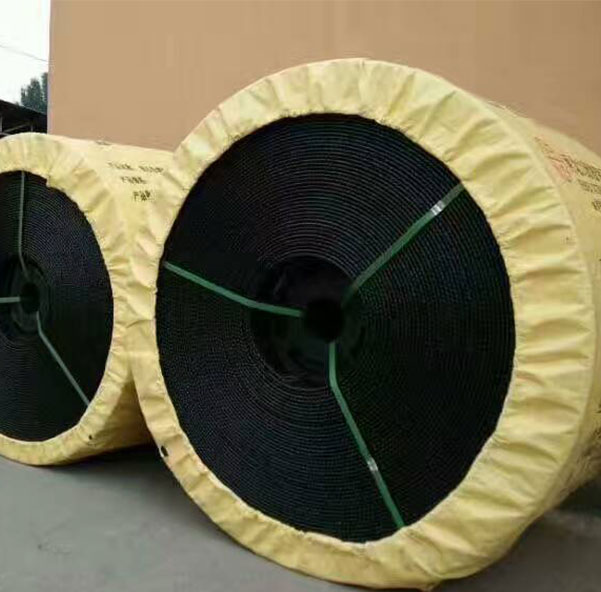May. 14, 2021
How Do You Keep a Conveyor Belt From Slipping
Conveyor belt slippage on its drive wheels are the most common type of conveyor belt problem, which can lead to a series of other problems: spilled material, clogged system, belt damage and failure, damage or destruction of your car, movement failure, and in some cases, even hurt your employees. Slipping is not a small problem and needs to be stopped quickly.
If your conveyor belt often slips, you will waste time and money. What causes the conveyor belt to slip?
Choosing the right conveyor belt
In some cases, slippage was not due to bad or damaged conveyor belt components. If you use the wrong conveyor belt, the conveyor belt will slip. It may be too heavy for the motor, or not strong enough for the material it carries. Another common situation is that the belt is too slippery for the material placed on it. In any of these cases, different pulley types should be selected to achieve smooth operation of the belt.
Good grip...
The material and design of the conveyor belt will determine how well it transfers your production materials, and how easily it can traverse slopes and wind pulleys. (The conveyor belt usually slips first in the drive pulley/head pulley.) If the conveyor belt lacks a proper level of grip arrangement, the grip force rotates the belt around the pulley.
During installation and calibration, you can make additional adjustments to stop sliding:
Installation lag
Lag is just adding additional material to the surface of your pulley, giving it extra "grip". "The type of lag you choose depends on the belt type and production process, so before making changes, be sure to consult with engineers or check your belt's documentation.
Adjust tension
The proper tension on the conveyor belt will keep it on track-but don't succumb to the temptation of excessive tension! Yes, this seems to be a clever way to solve the problem quickly, but it is a stopgap at best. Over time, over-stretching the belt will tighten the joints and in a way make the motor wear faster. Adjust your tension carefully and incrementally, giving each change a few spins before determining whether it is effective. Remember, it takes a few revolutions of the conveyor belt to fully adapt to the new tension setting.
Change the size of the pulley or replace the worn pulley
Your belt may be right, but the pulley is wrong. It may be that a smaller pulley was installed to save money and now cause your belt to slip. You may also have worn pulleys.
Add a snub pulley
Installing the snub pulley at the proper position can increase the arc of contact between the belt and the pulley and increase the friction.
And the right treatment...
Even the most ideal conveyor belt, if not properly maintained, will be difficult to maintain normal operation over time. Regular and routine maintenance and calibration are necessary to prevent the conveyor belt from slipping on its track.
Clean the conveyor belt often.
Check for signs of wear and repair.
The positioning and tracking of the conveyor belt is the key to prevent the conveyor belt from slippage.
We are PVC conveyor belt manufacturers. If you are interested in our products, please feel free to contact us.
